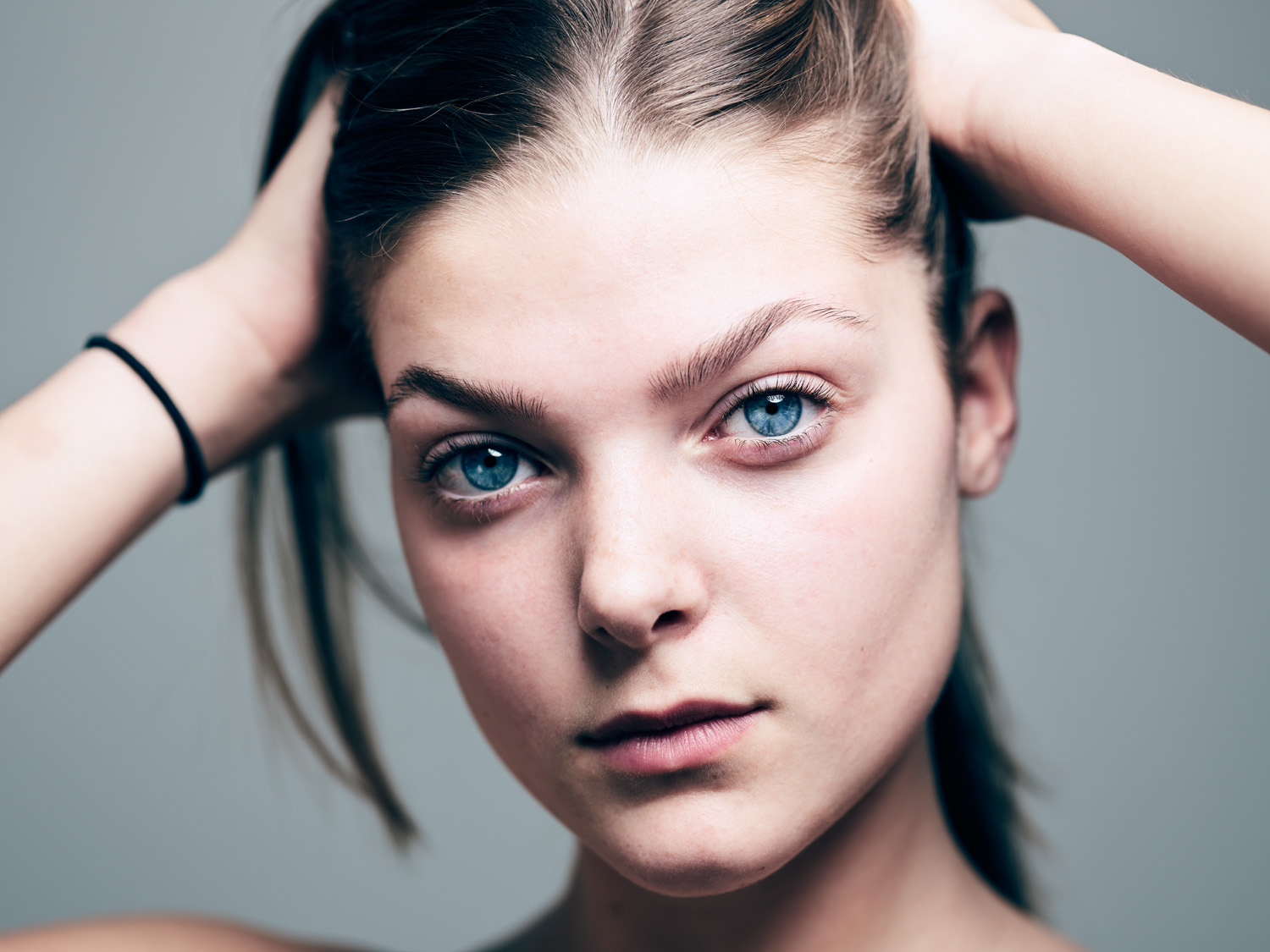
43 Models in three days, with the Phase One XF-100
By Andrew Paquette
www.paqphoto.com — www.paqart.com
A few weeks ago, I was invited to participate in a casting call shoot sponsored by the Dutch modelling agencies WKD Models and Division Model Management. The shoot took place at FotoStudio VK in Den Haag. There were other photographers there, and we each had a portion of the studio to work within. It is a daylight studio, but I was more interested in working with flash, so I took a corner that wasn’t getting much light from the skylight. I setup two 2400 w/s Multiblitz strobes as primary light sources, one for the model, the other for the wall behind her, and used a reflector for a little side fill. With minimal adjustments throughout the day, this is what I used (Figure 1).
Figure 1 Lighting setup, with me shooting on the right (photo by Vincent Kos)
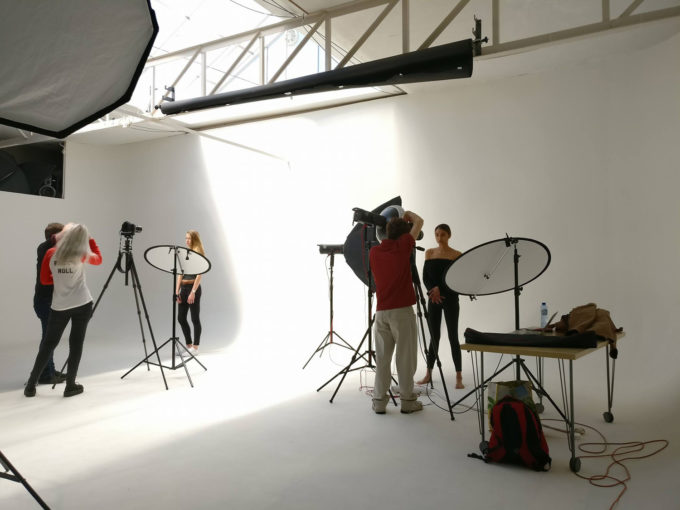
I had been wanting to test out my new blue ring Schneider-Kreuznach 120 mm LS lens on some head shots, so that was the only lens I used for the event. Most of the shots are very tightly cropped, though for some I took a few steps back to show a more interesting pose. Because the shoot was for the purpose of casting new models at the agencies, the models had been asked to arrive without makeup. A handful of models had makeup anyway, but most didn’t. Despite the lack of makeup and styling, I thought many came out looking quite good and I hope to work with several of the models again.
The largest number of people I had ever shot at once up to this point was seven, all members of a free-running group in Rotterdam. On the first two days, there may have been over a hundred hopeful models coming through the studio. I missed about half or more, who were shot by other photographers. One thing that never ceases to surprise me is how different a model looks off-camera in comparison to on-camera. Some look great until they get in front of the lens, others are the opposite, and yet others can either look good in both places or do not look right in either place. What this means to me is that personality is at least as important as appearance. The youngest models seemed to have the most trouble, and most were very young—between 14-19 years old. Because they were so young, in addition to scouts, agents, photographers, and models, there were also a lot of parents crowding the studio.
After this shoot, I was invited to come back the following week for an outdoor shoot with some models in development at A and P Model Management. The shoot really took me outside my comfort zone, because we used reflectors instead of strobes, and found locations guerrilla-style by walking around until we found something and then just shooting it right then and there. Usually, I scout a location on a different day, then come back after I have some idea how I want to shoot it. Despite this, we managed to find a few locations that I liked, and we got several decent shots of the seven models we had to work with that day. For the sake of understanding the resolution of the XF-100, I have included a couple of actual size crops (Figures 2-5). Although they are compressed RGB JPGs for the web, they give an idea how sharp images from this camera are. That said, the originals are 16-bit color and that isn’t even fully visible on a wide gamut Eizo monitor. To see the smooth gradients and rich color derived from 16-bit color, you have to print it. The same is true of resolution and sharpness, both of which are difficult to appreciate at reduced resolution and conversion to JPG. All of the images in this article were shot on a Phase One XF camera body, IQ3-100 MP digital back, and SK 120 mm blue ring lens. Capture One 10 was used to edit all of the images.
Figure 2 Crop, Roxanne’s eye (unretouched), f/8, 1/1000s, ISO 50 1500 x 1500 pixels
–
Figure 3 Roxanne, showing crop zone in red square
–
Figure 4 Crop, Tess (unretouched). f/4, 1/250s, ISO 50, 1500 x 1500 pixels
–
Figure 5 Tess and Lisa, full frame to show crop in red square
Normally, I shoot tethered. For the outdoor shoot, I had to shoot without a tether. This made it difficult to check focus and exposure. The 100 MP resolution of the back makes the focus more critical, because missed focus is more obvious at very high resolution. The screen on the back of the camera is large as these things go, but compared to the screen of my MacBook Pro, everything looks soft, even when it is in perfect focus. I also like to shoot on a tripod when possible, but outside, this wasn’t practical for most of the shots because we were moving around too much. The weight of the camera (1390 grams) and lens (960 grams) is substantial, making it tricky to handhold at slower shutter speeds, so I set a minimum shutter speed of 1/250s to avoid motion blur from moving the camera. Despite this precaution, camera shake was still evident in some shots. The next four shots are from the outdoor shoot (though one was taken indoors at the studio) and the remainder are from the two days of head shots.
Figure 6 Ine’ on the escalator, ISO 200, F/4, 1/250s
–
Figure 7 Tess and the bike rack, ISO 50, F/4, 1/250s
–
Figure 8 Faye in Den Haag, ISO 100, f/5.6, 1/350s
–
Figure 9 Lisa, ISO 50, f/4.8, 1/350s
–
Figure 10 Sara, ISO 50, f/4.8, 1/1500s
–
Figure 11 Puck, ISO 50, f/8, 1/350s
–
Figure 12 Lindsay, ISO 50, f/9.5, 1/350s
–
Figure 13 Jasmijn, ISO 50, f/9.5, 1/350s
–
Figure 14 Fleur, ISO 50, f/9.5, 1/350s
–
Figure 15 Demi, ISO 50, f/11, 1/500s
–
Figure 16 Lionne, ISO 50, f/11, 1/500s
–
Figure 17 Queency, ISO 50, f/9.5, 1/350s
–
Figure 18 Janice, ISO 50, f/11, 1/500s
–
–
Figure 19 Elisa, ISO 50, f/9.5, 1/250s
–
Figure 20 Diana, ISO 50, f/9.5, 1/350s
–
Figure 21 Susan, ISO 50, f/8, 1/500s
–
Figure 22 Bridget, ISO 50, f/11, 1/500s
–
Figure 23 Judith, ISO 50, f/9.5, 1/350s
–
Figure 24 Julia, ISO 50, f/11, 1/500s

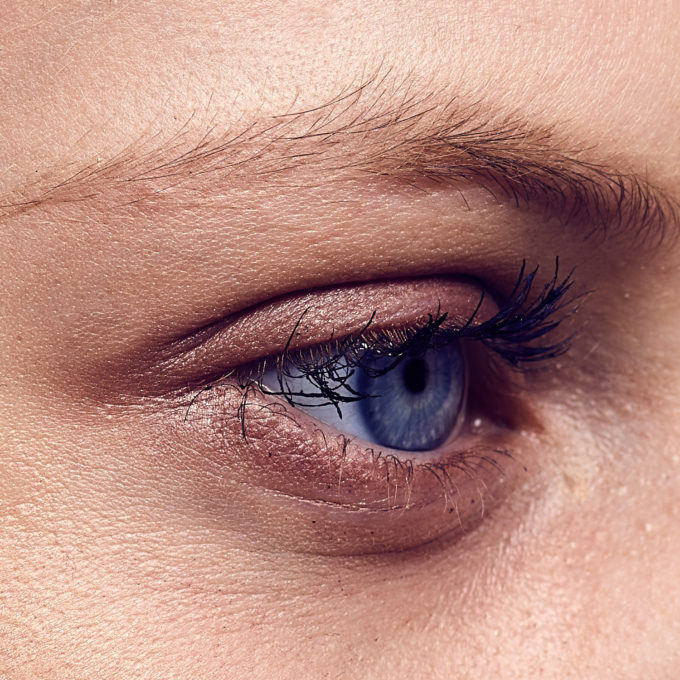
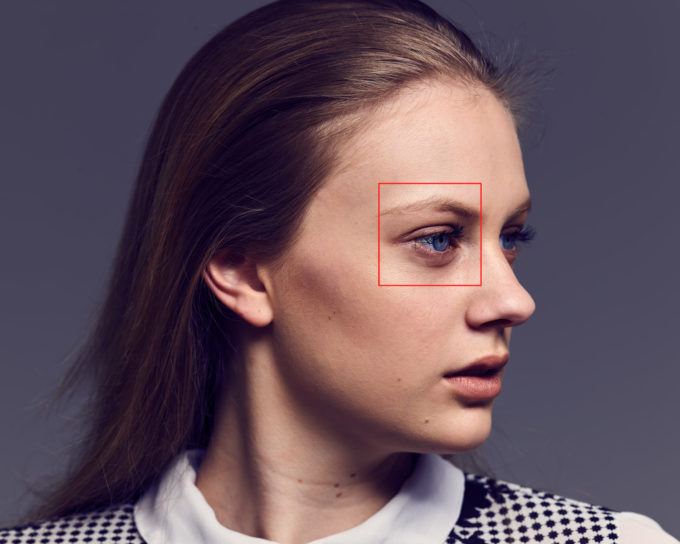
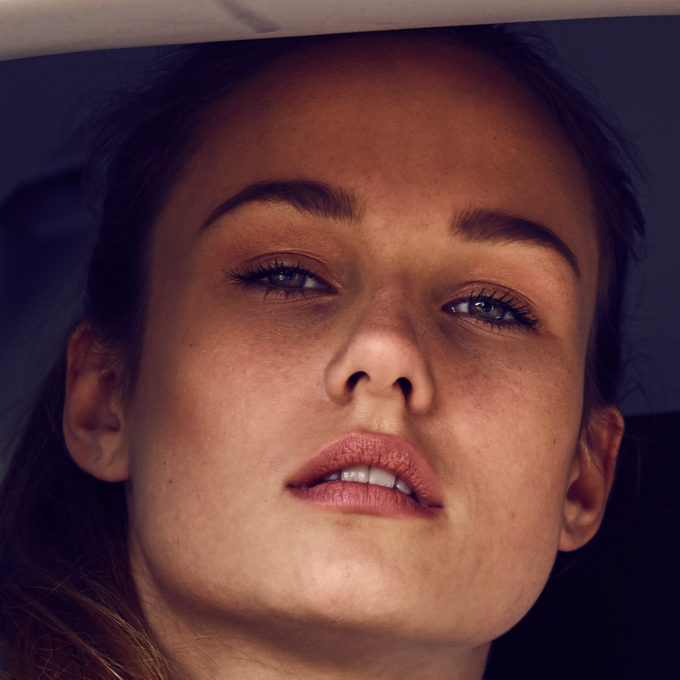
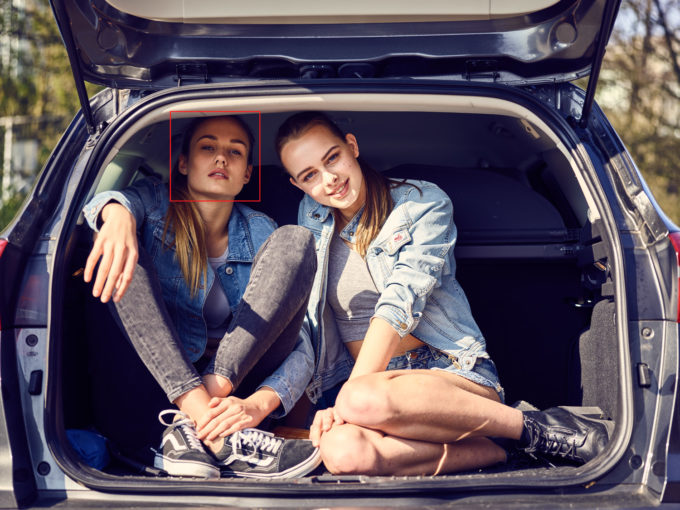
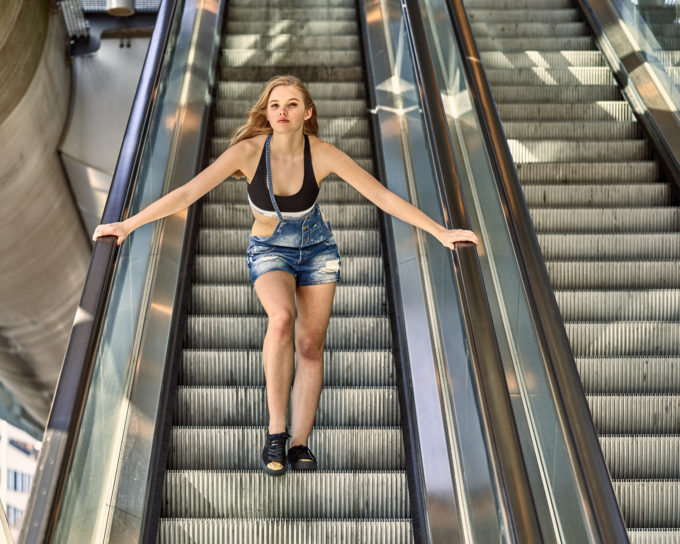
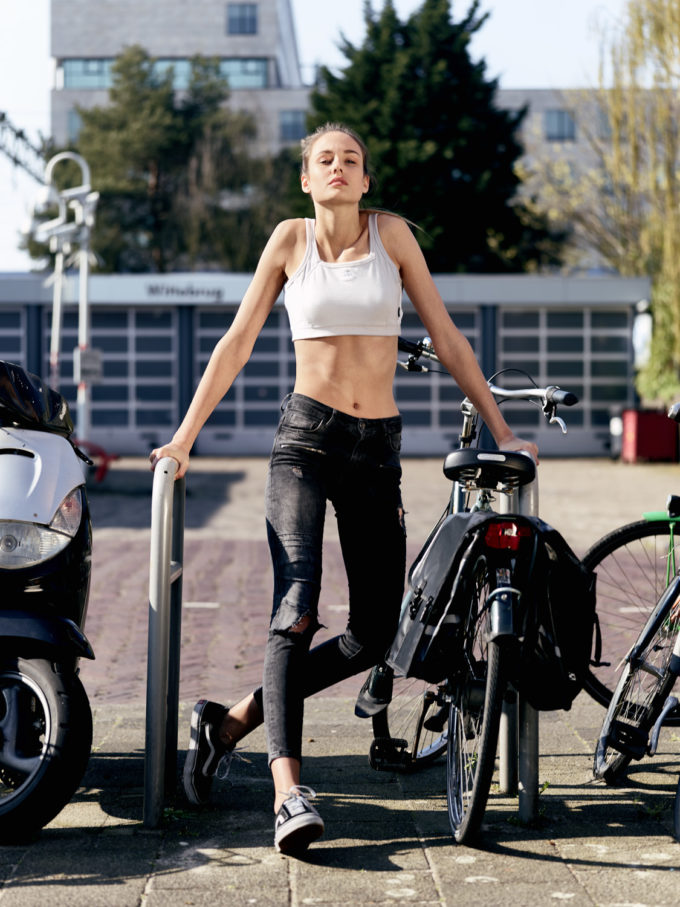
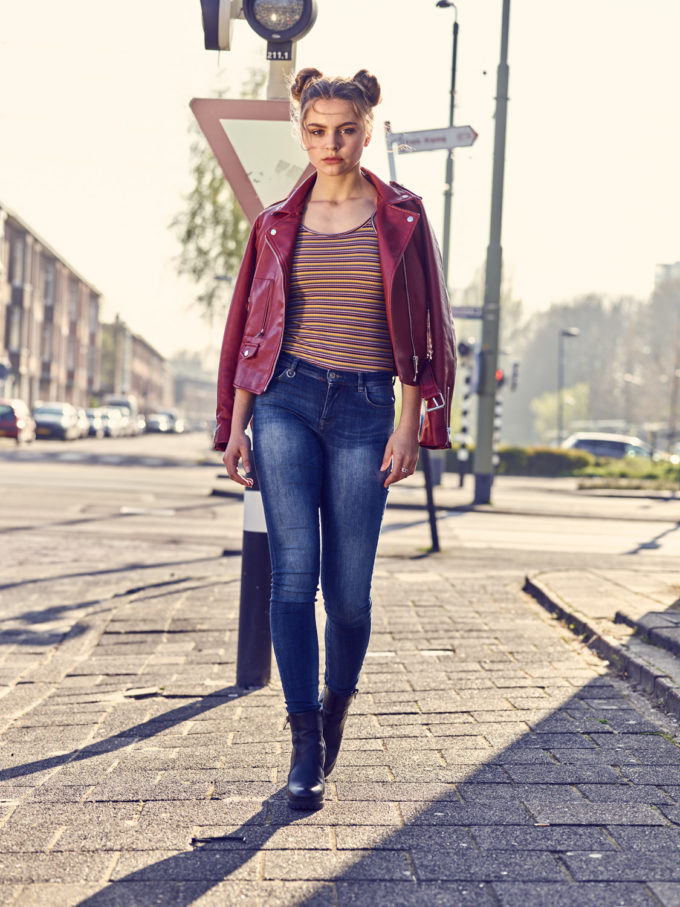
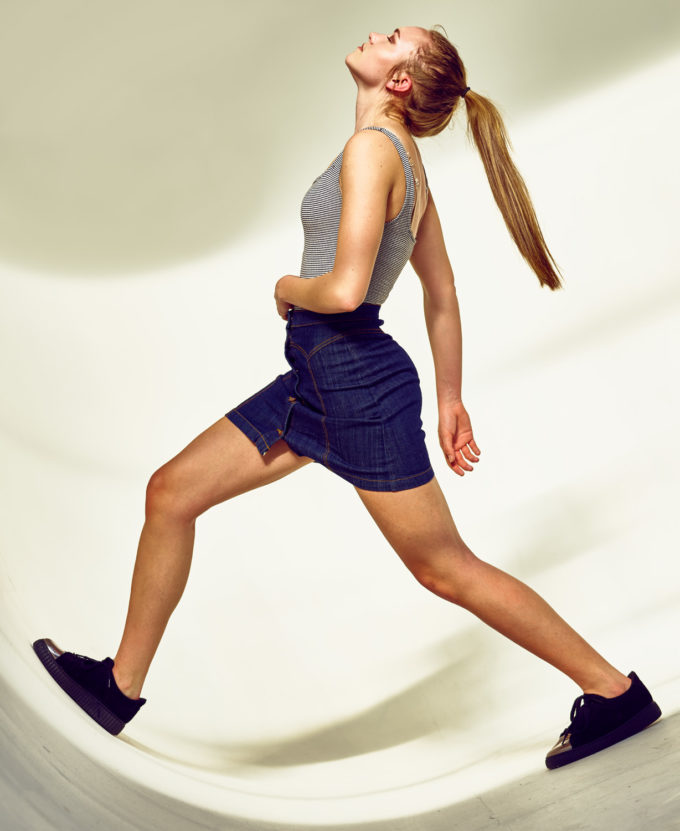
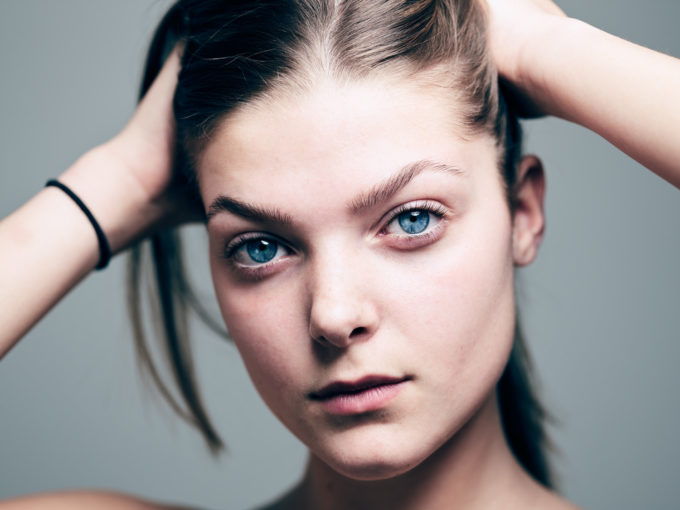
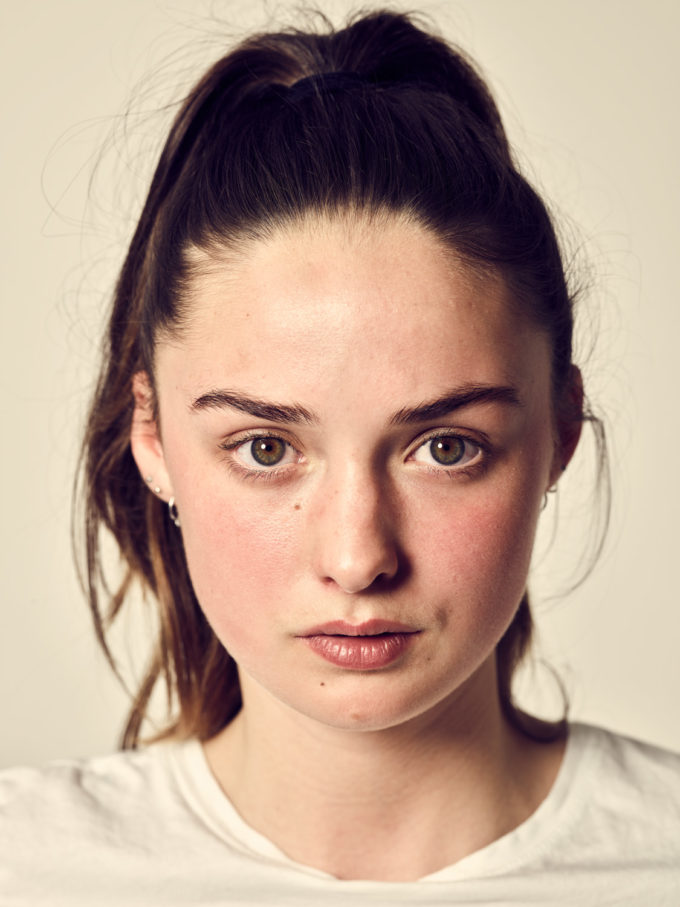
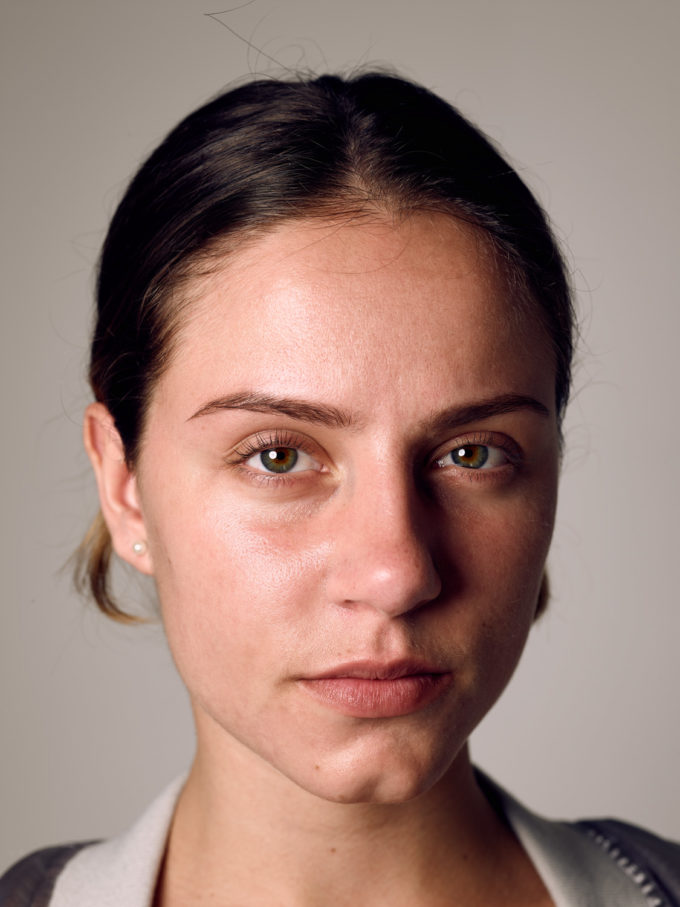
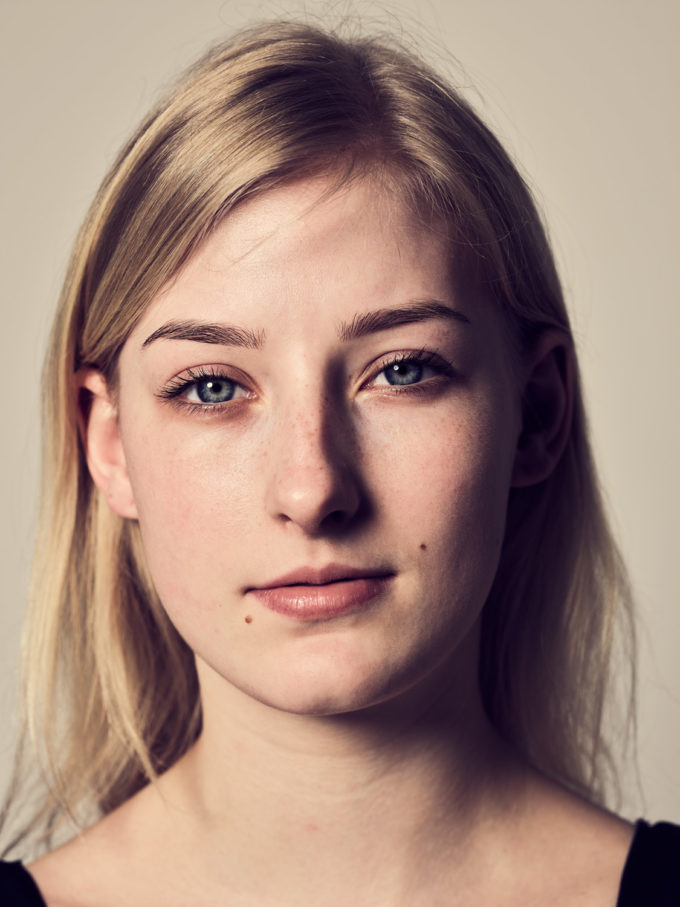
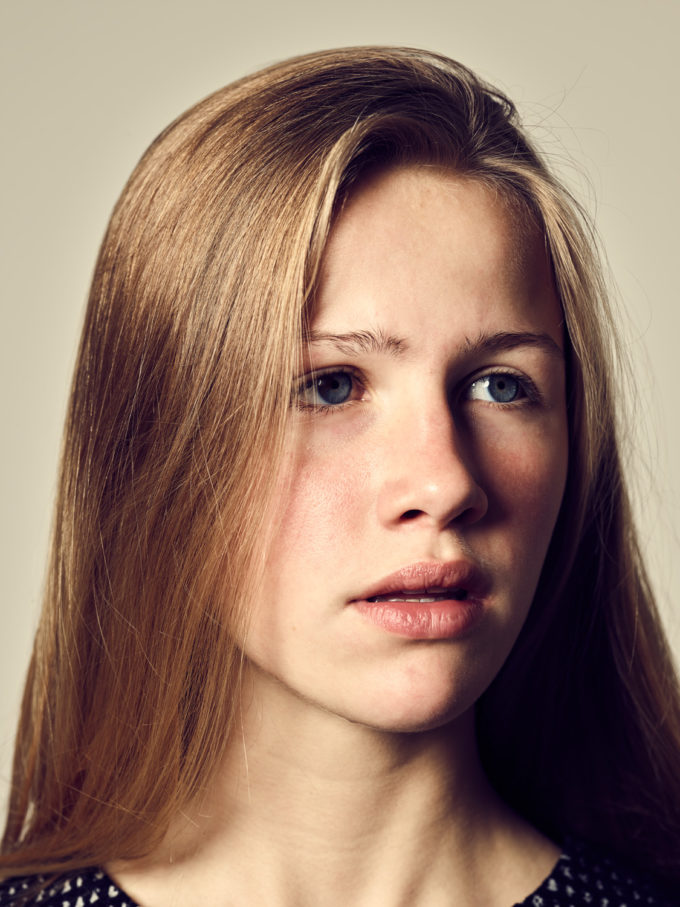
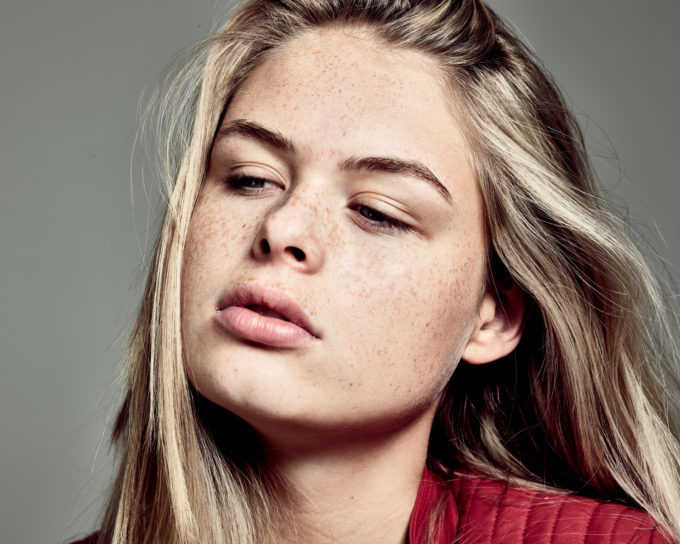
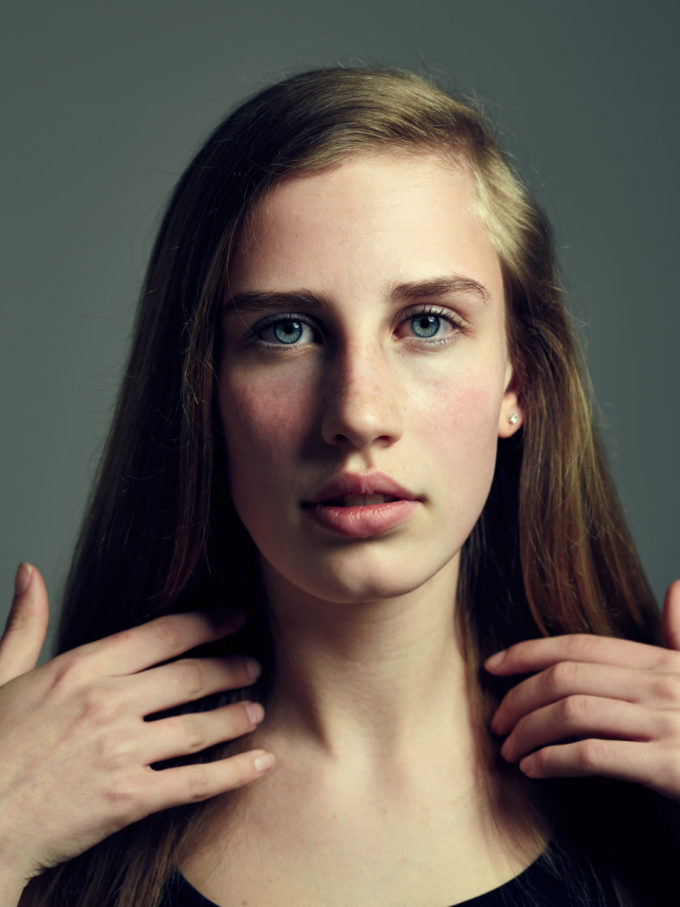
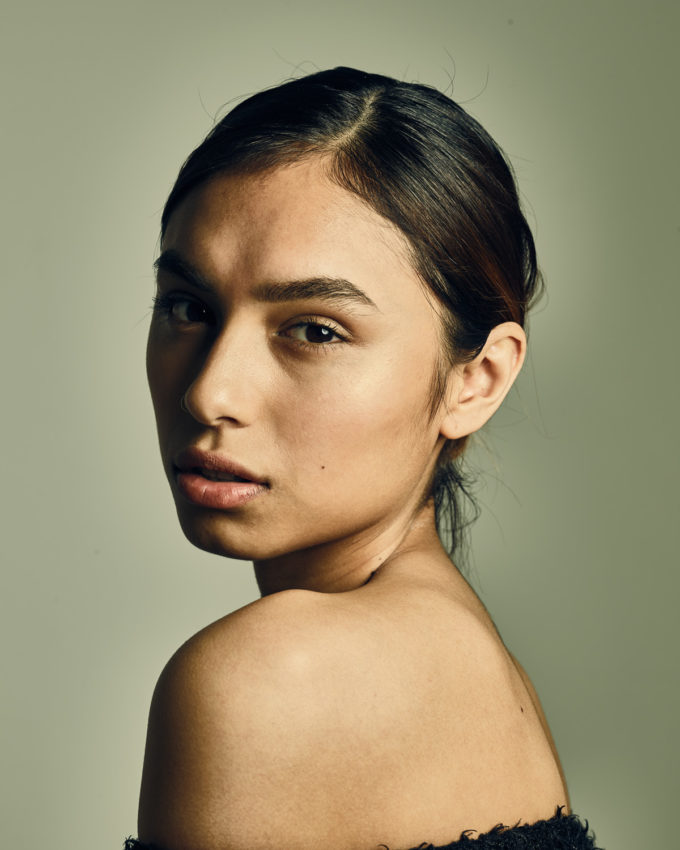
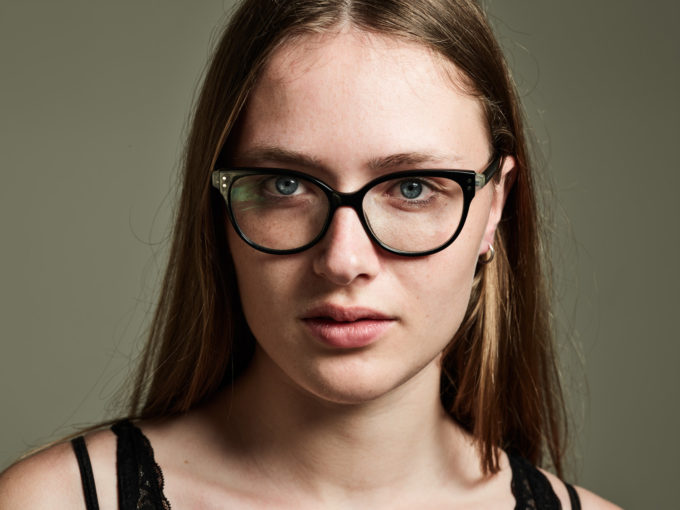
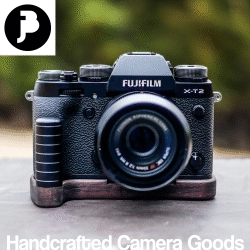
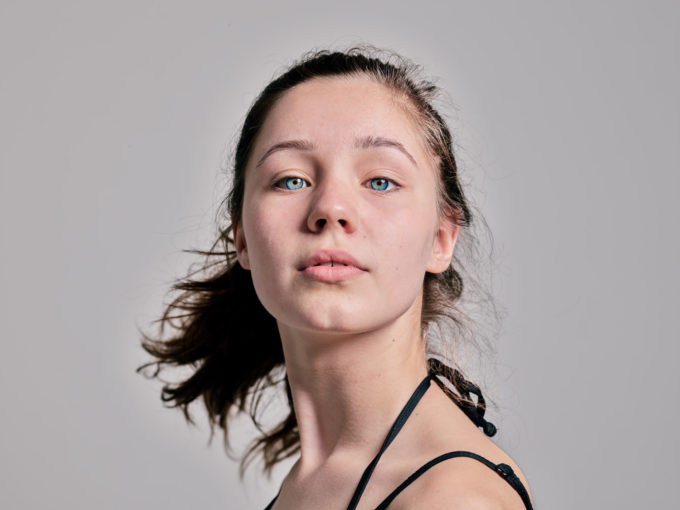
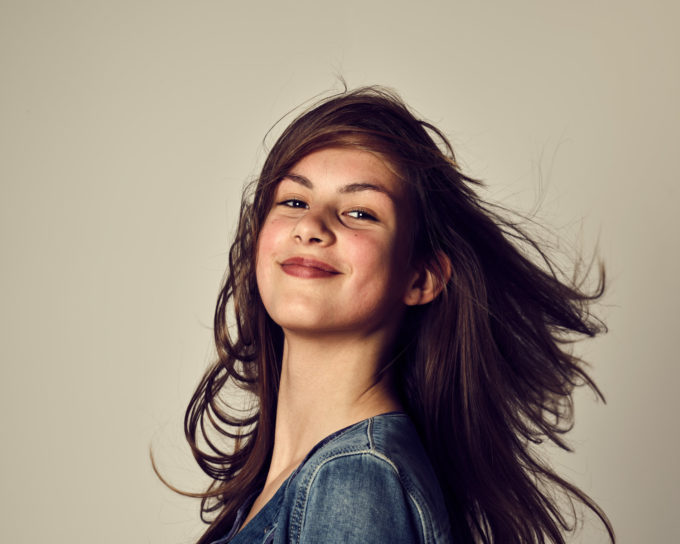
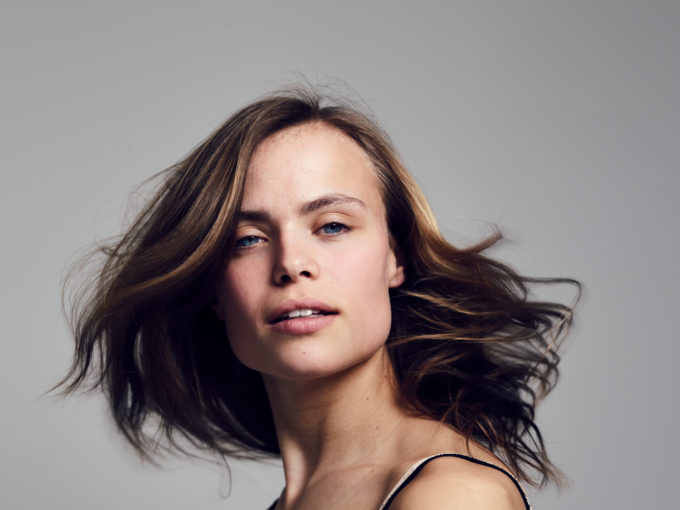
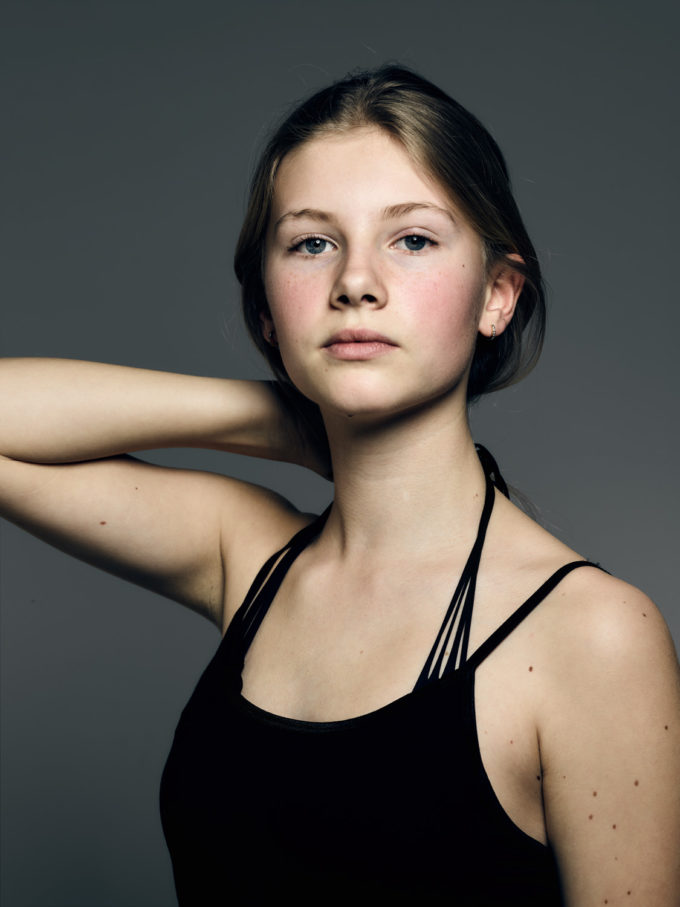
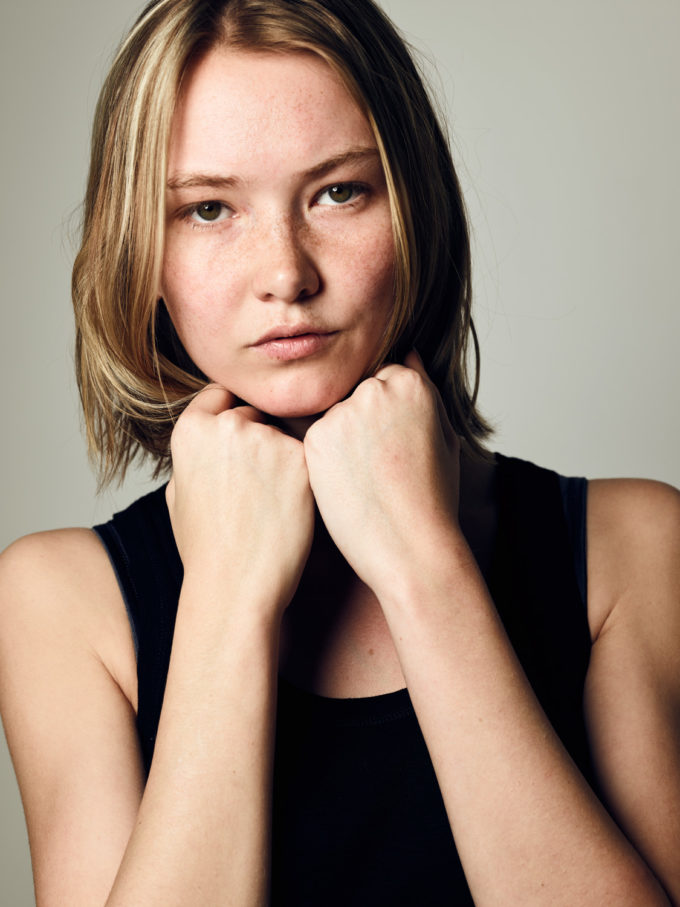
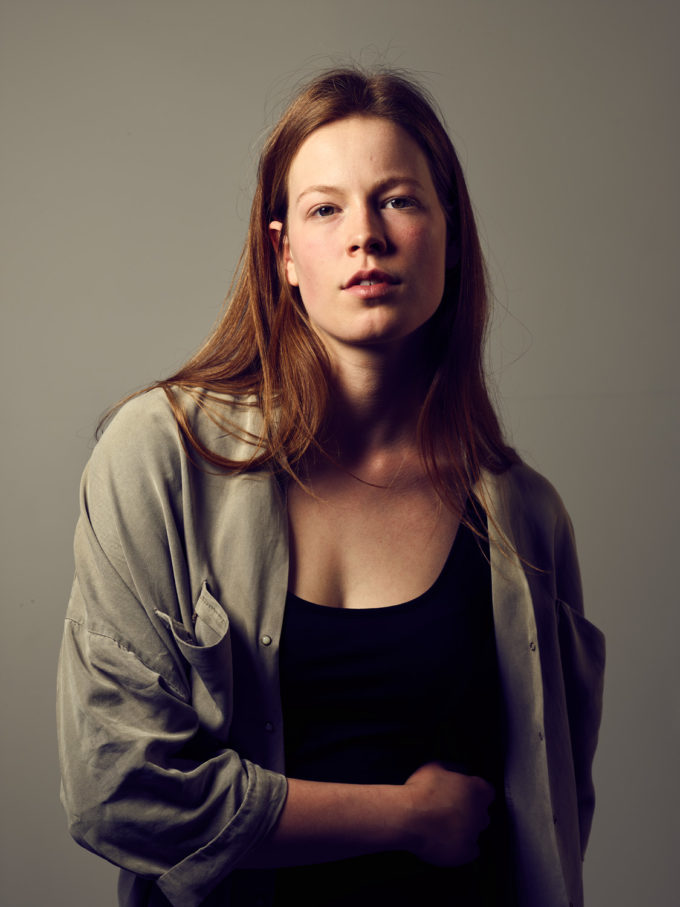

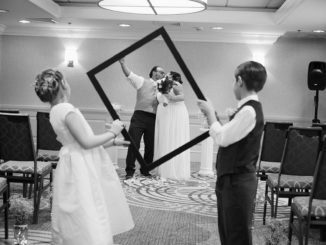

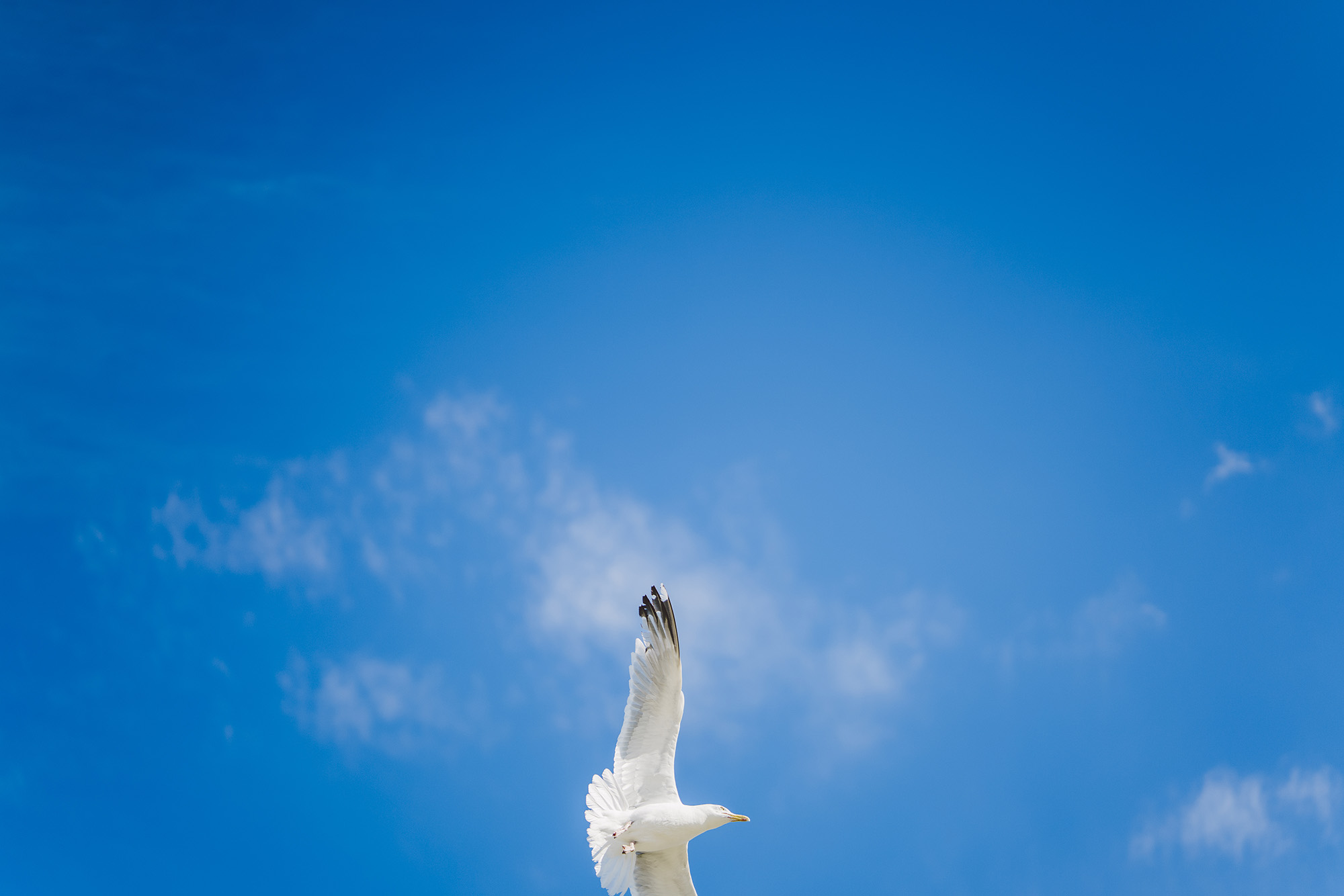
The camera system used is designed for tripod use, using it handheld makes not a lot of sense and, for the sort of shots you show here, seems a waste of it’s potential. I’m not surprised you got quite a few shots showing camera shake, a DSLR or mirrorless equivalent with vibration control would have been more suitable for hand holding in the exterior shots.
I also can’t see the models getting a lot of work as they didn’t look too happy, but it wasn’t explained what sort of modelling they were auditioning for so maybe I’m missing something?
The image quality is actually amazing.
You can see this at this internet pictures ?
Seem´s you are a sort of Wizzard !
Love this. Thank you.
These are very nice portraits – I think my favourite one is ‘Figure 14 Fleur’.
That camera is insane! However, I think the IQ3 achromatic back is probably the most desirable piece of digital hardware I can think of. Just… wow.
The IQ3 ‘achromatic’ back is a monochrome back for black and white photography costing 50,000 bucks. Andrew is using the normal IQ3 back, which still costs about 30,000! still a very desirable camera so you need to justify the purchase of something like that.
Yes, the stern look style is predominant these days. I haven’t yet looked at them on a proper screen, but wonder if even then one would notice the IQ of a big 100Mp sensor. A big print would be great to look at.
Also, I’d like to see some more consistency in framing and lighting in the studio shots.
I hesitate to call this an interesting experiment, as I think this has gone way beyond experimenting Andrew!
I set up a shoot with some of the same models later in the summer so that I could spend some time getting exactly what I wanted out of them. I published a post on my blog about that, but might not have here.
Great shots! Your skills deserve such a camera. Speaking about that camera… oh man. This is unrivaled quality. It’s clearly leagues above any FF combination I’ve seen. But it also needs a great photographer to put these capabilities into use, so well done!
Top marks to Diana – the only one who made me feel happy! other good faces or eyes around, but the sadness………….